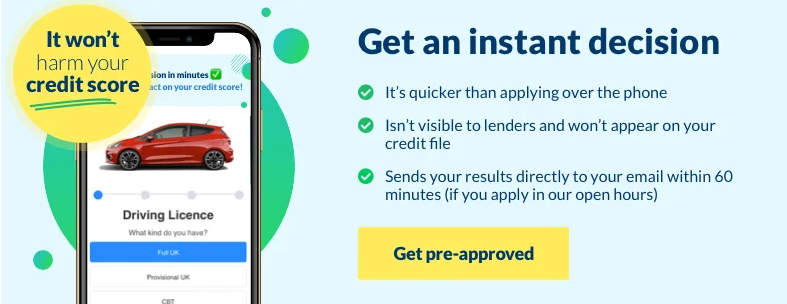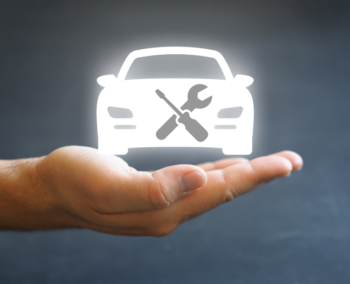Believe it or not, but in the UK the sales of used cars tend to outnumber new car sales by three to one. In spite of that statistic, and amid used car prices rising by 24% this year due to lack of availability of new models, you might be wondering which makes the most sense in the current market. Should you buy a new or used car? We’ll take a look at some common questions and look at the pros and cons…
What’s your budget
The biggest factor in any purchase will be dictated by budget. Do you have the cash to buy used outright? Would you prefer to budget and buy an ex-demo vehicle or nearly-new car on finance? Would you prefer to get a new car on lease or do you want the option to own the car? All these questions will be answered by how far your budget goes.
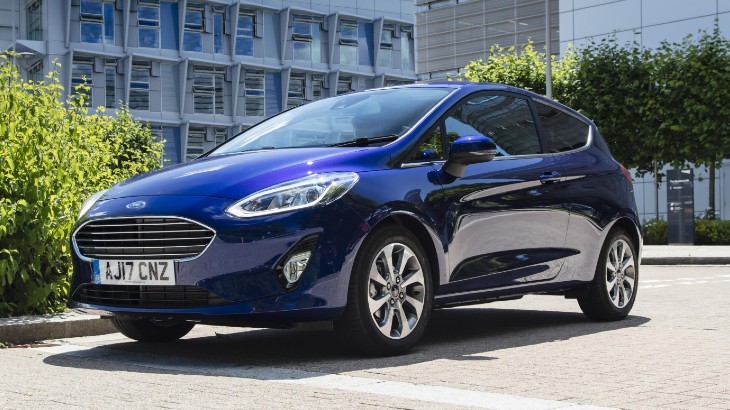
Over the past decade, the average cost of buying a new car increased by 39%, from £27,675 to £38,585. Add to this the fact that the average price of a used car rose to £19,018 recently – the highest figure Auto Trader says it has ever recorded – and your money doesn’t necessarily go as far as it used to when it comes to car purchases.
These two factors reveal why the use of motor finance has increased, but also why used remains a more popular option when it comes to whether you buy a new or used car.
How many miles has the car got?
While the days of being forced to buy a high mileage used car as an affordable entry point to motoring are a distant memory, mileage still matters when buying used.
Although high mileage cars with a history of ownership are going to be the cheapest, and if they’ve been well maintained can still have plenty of life in them, most will baulk at anything over 100,000 miles. Even then, you’re still likely to need to replace parts of the car more susceptible to wear and tear such as brake pads and discs and maybe even the clutch.
Buying new will obviously nullify any concerns around mileage, although you will still need to ‘break in’ the new engine before it is running optimally. This can be anywhere between 500-1,000 miles and helps to wear the engine evenly and smoothly with low, consistent pressure and temperatures.
With these two opposite ends of the scale in mind, buying nearly new or an ex-demo might be the most sensible option to choose as you are not only getting the car at a discount but the mileage will be sufficient to have the engine running at its best.
READ: What does ex demo car mean and is it worth buying one?
How important is tech?
“Does it have Apple CarPlay?” has become one of the most commonly asked questions when it comes to buying a car. This is one reason why many motorists prefer to lease their car and change it every two or three years to ensure their car has the latest infotainment and tech options available.
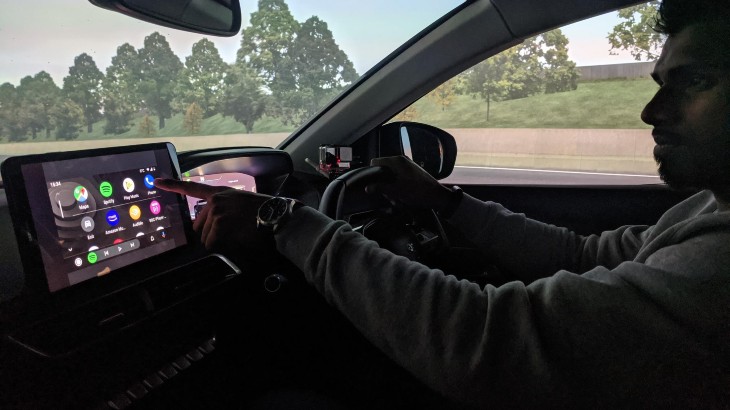
Not only does this mean they have the most up to date tech but also that they have the latest safety and convenience features such as cruise control, lane change assist, blind spot alert, reversing cameras and more.
Buying used might not give you that level of up to date tech you might want from your car. Whereas cars of five to 10 years age might come with an out of date sat nav and a few USB plugs, if you’re forced to buy older than that due to your budget it might not even come with a USB plug meaning you’ll be looking at all sorts of adapters for the 12v plug.
MOTs and servicing
Buying brand new means you won’t need to get an MOT for the first three years of ownership, but if you opt to finance it via PCP or lease you’ll be required to get it serviced every year as part of your contract for maintaining the warranty. This can often be bundled in as part of a Maintenance Package which will likely be offered to you.
Similarly, if you buy nearly new or an ex-demo model, it will have also been serviced as part of its warranty, again making it a popular proposition.
The older the car, the more regular servicing becomes important as you know it has been well looked after. While it’s a legal requirement to get an MOT annually after the first three years of being registered, any MOT records should be scrutinised to ensure there’ll be no nasty shocks after exchanging contracts.
Is it still in warranty?
If you’re looking at buying a used Kia, Ssangyong or MG then you’re in luck: these are the only three manufacturers in the UK who offer a seven year warranty on their range.
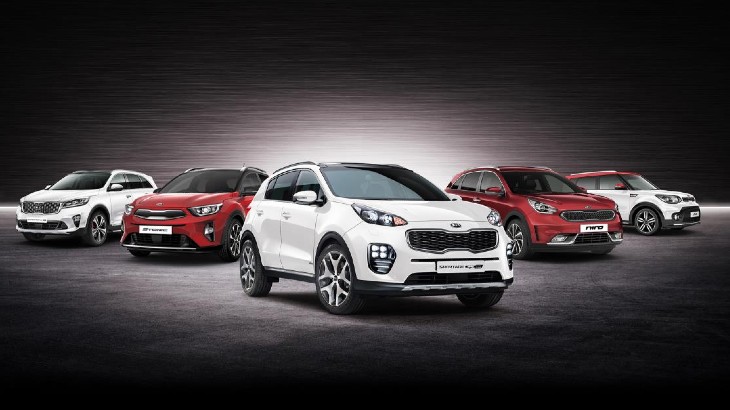
With this in mind, you’re likely to find that buying one of these models used is an enticing proposition as it’s more than likely to still be in or just be out of warranty meaning it will be well looked after and running smoothly.
Similarly, buying nearly new or ex-demo you might find it is still under the standard three year warranty offered by the majority of manufacturers.
Pros and cons of buying a new car
Buying a new car pros
- Warranty cover from three to seven years
- The latest technology
- Potentially higher re-sale value
- Reliability
Buying a new car cons
- Higher up-front costs via initial payment
- Rapid depreciation in the first year of ownership
- Not as cost effective as a nearly new car
Pros and cons of buying a used car
Buying a used car pros
- Lower up-front cost if deposit required
- Can potentially still benefit from warranty cover depending on brand
- A nearly-new used car is likely to have the most up to date safety features and tech
Buying a used car cons
- More wear-and-tear across exterior and interior of car
- Low re-sale value
- Likely to not be running at its best if high mileage
- Continued servicing and maintenance will be expensive
While we can offer you advice to inform and educate yourself, only you know whether you should buy a new or used car.
If you want to go down the finance route to fund the purchase of your new or used car, you can get a decision in minutes with us. Even better, it has zero impact on your credit score.
